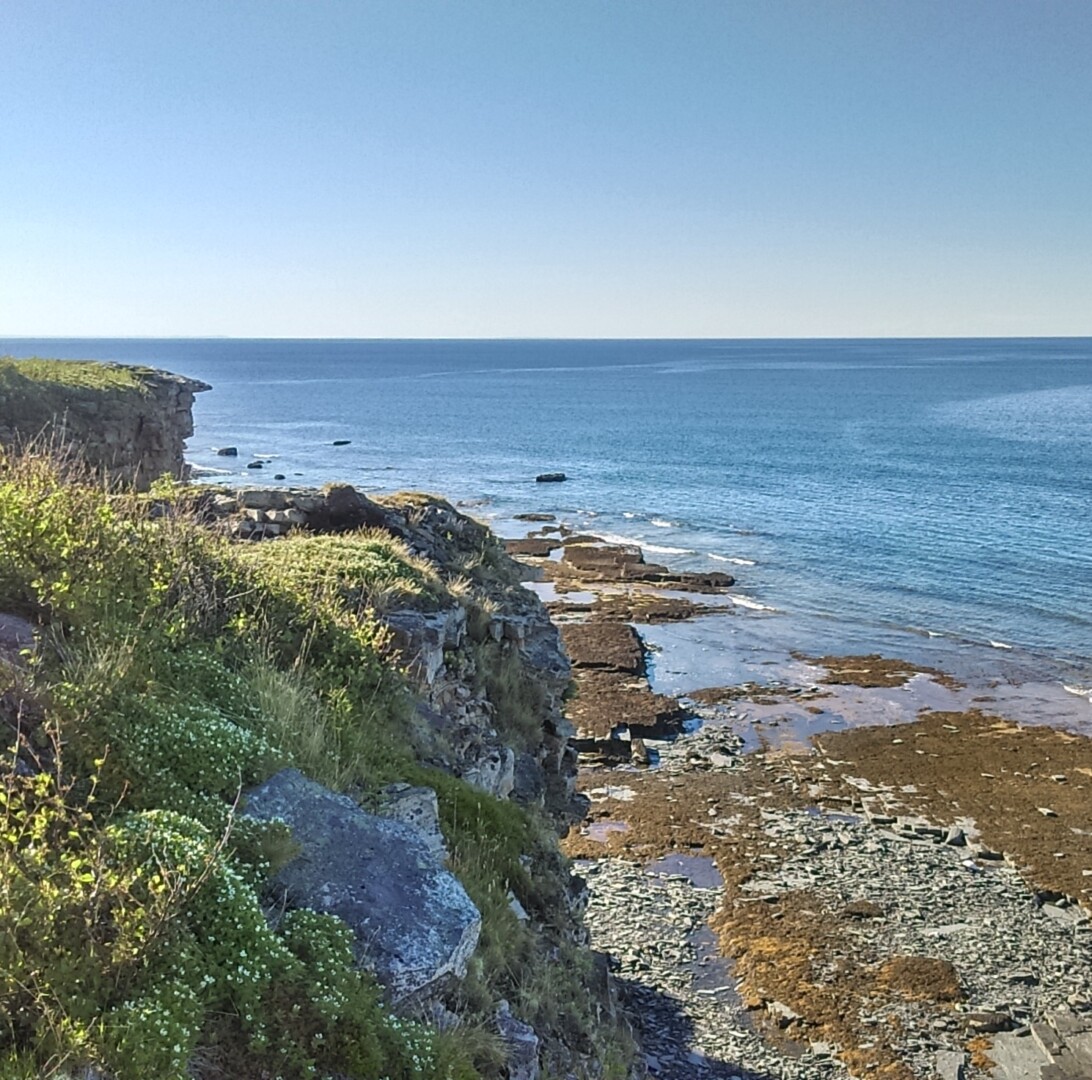The Baltic Sea, and on the other hand, the Norwegian Sea and the Barents Sea are different in terms of conditions, but both require readiness for oil spill response. The following describes what Kolarctic CBC projects between Norway and Finland, as well as SEFR projects in the Gulf of Finland, have done to prepare for the risk of oil spills.
Simulators for training of oil spill response – SIMREC
The Gulf of Finland is an extremely sensitive water area with a unique brackish water ecosystem. The traffic volume in the Gulf of Finland continues to grow, and the risk of accidents increases, which in turn creates challenges for oil spill response readiness. Training is the only way to strengthen expertise in oil spill response readiness, as accidents occur so rarely that experience is not gained through them – fortunately. The SIMREC (Simulators for Improving Cross-Border Oil Spill Response in Extreme Conditions) project, funded by SEFR CBC, has, on the basis of different accident scenarios, created a training environment for simulators that can be used to practice oil spill response and thus effectively and safely increase the oil spill response readiness of the Gulf of Finland.
To develop realistic training scenarios, advanced risk modeling techniques were utilized. Based on probability calculations based on vessel traffic information, a collision involving an oil tanker could be expected to occur in the Gulf of Finland about once every 13 years, according to Liangliang Lu, a postdoctoral researcher at Aalto University. Using risk analysis, Lu was also able to identify the areas of the Gulf of Finland’s marine area with the highest risk of oil spills, and estimate the most likely leakage rates. This information was also utilized in the scenario planning of simulator exercises organized in the SIMREC project.
It is typical for disaster management to require effective cooperation across organizational, sectoral, and in many cases, national borders. However, the different operating systems, cultures, and norms of participating organizations can make cooperation difficult. The SIMREC project also examines decision-making models that arise during oil spills, communication between different actors, and the development needs of decision-making and communication.
Bacteria against oil spills – ACBR 
The Kolarctic CBC funded project Arctic Coast Bioremetiation focused on cleaning the delicate Arctic Coast from oil spills. The project developed an integrated biotechnology for cleaning oil-contaminated coastal areas of the Arctic seas, including different methods of bioremediation applied separately or together.
One of them is bioaugmentation with two oil-degrading biopreparations: based on microfungi (Tolypocladium inflatum, Meyerozima guilliermondii) and based on microfungi and bacteria (Penicillium janthinellum, Penicillium simplicissimum, Pseudomonas fluorescens, Pseudomonas putida) were shown to enhance oil biodegradation at low temperature. The biotechnology can be applied at the final stage of coast cleanup, and as the only cleanup method in vulnerable areas.
Advantages of this technology are:
– natural cleanup mechanisms;
– low impact on environmental objects, making the cleanup possible without major damage to coastal ecosystems;
– relatively low costs and requirements for personnel qualifications.
Furthermore, the project gained new knowledge on the native microbial community in arctic seawater, seashore sand and soil and knowledge on new so far unknown oil degradation genes that can be exploited in the future.
Ultra-low sulphur fuel oil is a special case
A Kolarctic CBC funded micro project did its share in examining and planning how to respond to spills of ultra-low sulphur fuel oils, which are a special case in terms of oils spill.
The introduction of sulphur emission control areas (SECA) and the new regulations MARPOL2020, which set the limits for sulphur content in fuel oil to 0.1 % for SECA and 0.5% for other sea areas outside SECA, has led to the use of higher quality fuel oils with very low sulphur content. This new type of hybrid fuel oil, ultralow-sulphur fuel oil (ULSFO) has been used increasingly both within and outside SECA.
The ultra-low sulphur fuel oils tend to be rich in waxes and have high pour point which affect the dispersibility of the oils at low temperature and presents challenge for removing them from marine environment in cold winter. The parties and countries participating in project Remediation Strategies for Ultra-low sulphur tuel oil (RemULSFO) share the need for more knowledge about the behaviour of ULSFO in cold marine environment, the potential risks in oil spill response, as well as suitable remediation strategies.
The project created a well-functioning network to investigate the behaviour of the spilled ultra-low sulphur fuel oil (ULSFO) under marine sub-arctic and Arctic winter conditions and exchange of best practices.
The project produced
- An evaluation report on the use of dispersant in oil spill combat for the oil HDME 50,
- Recommendations for developing oil remediation strategies based on risk assessment of the spilled oil for appropriate environment protection authorities and agencies from BEAR cross border countries,
- A teaching material for education
